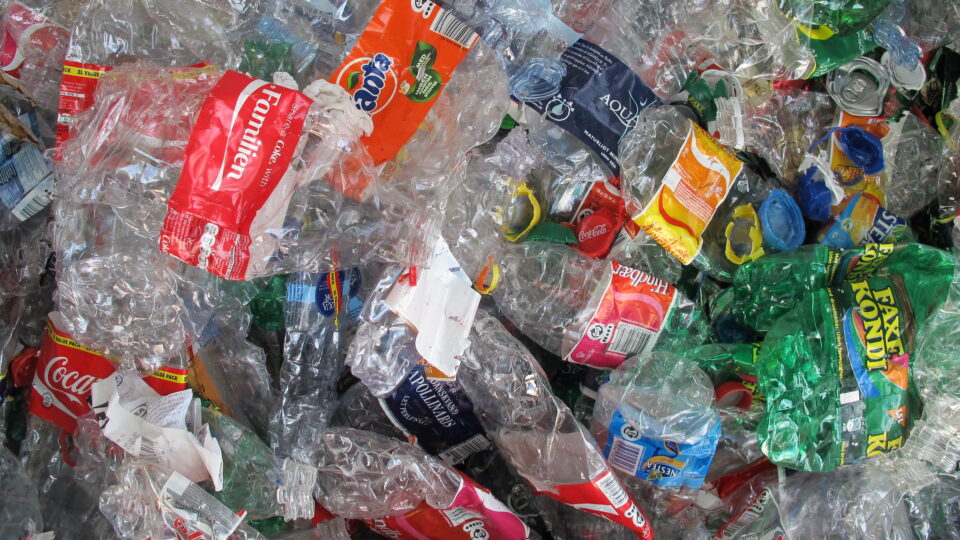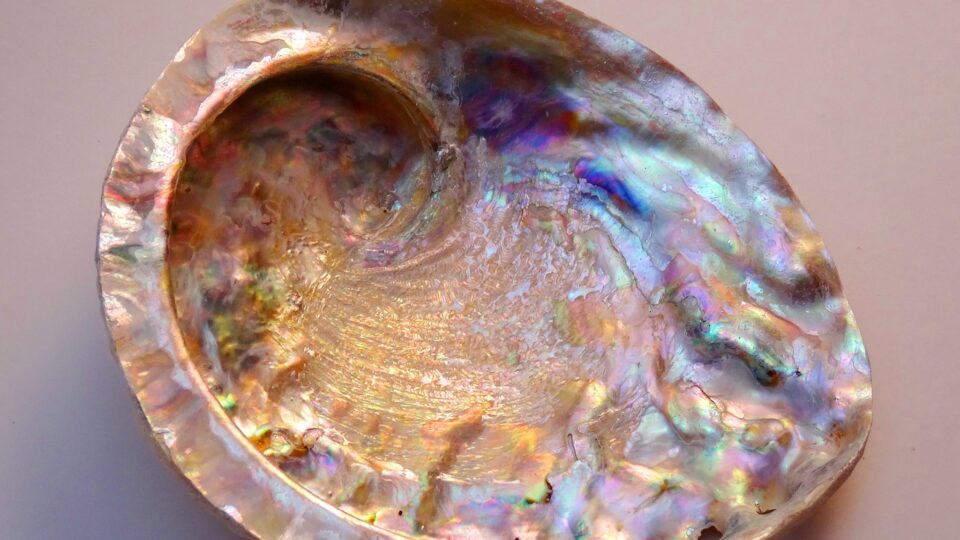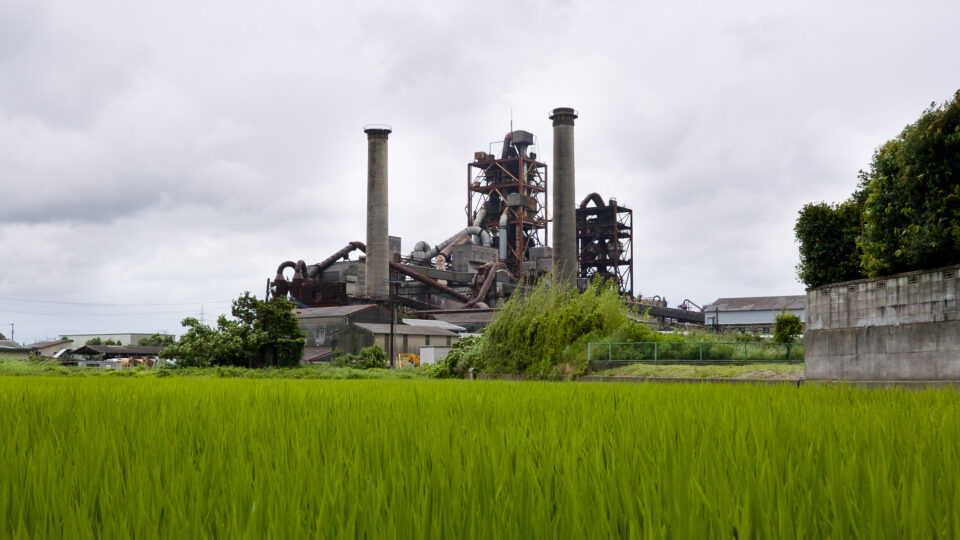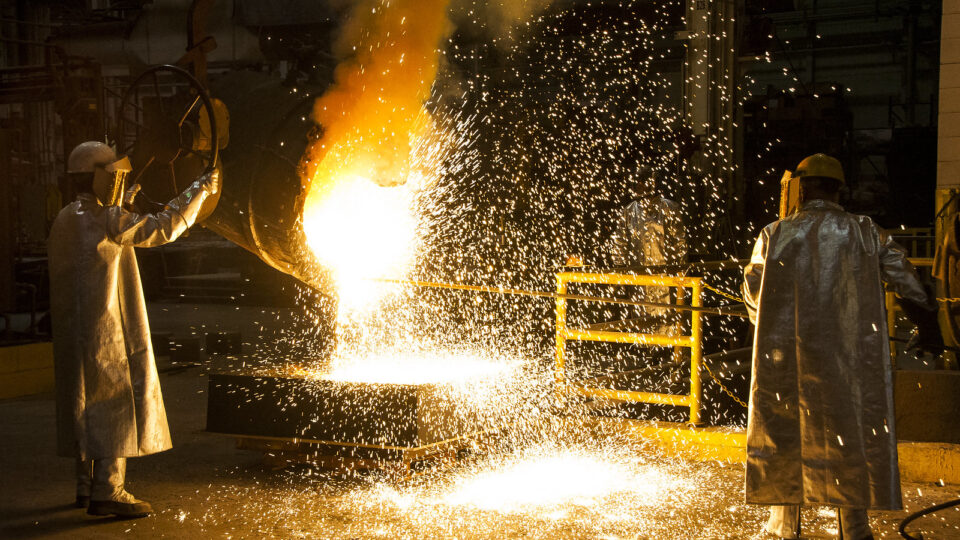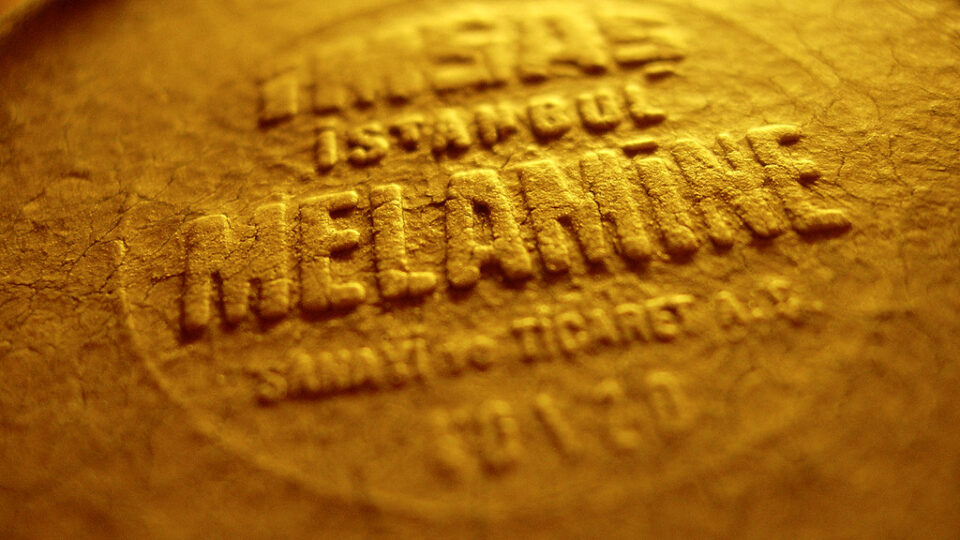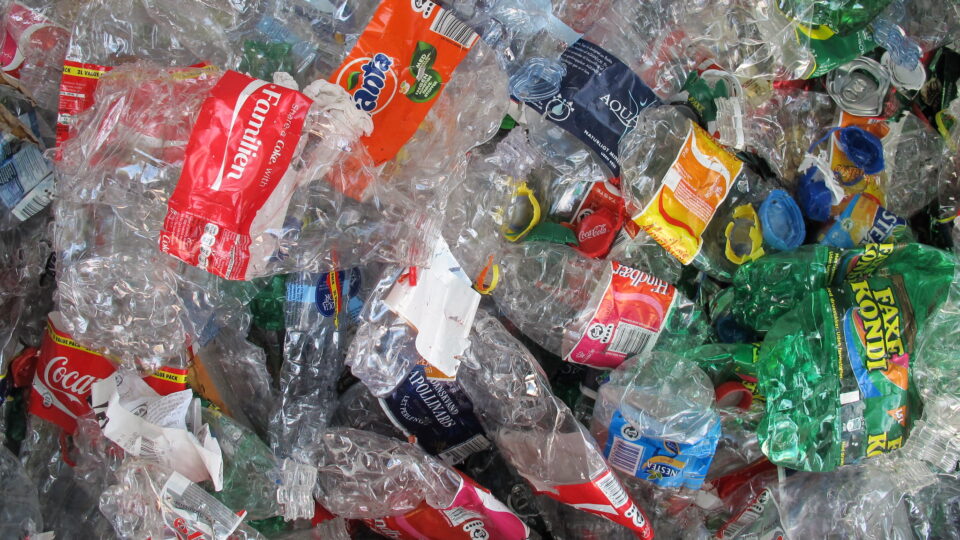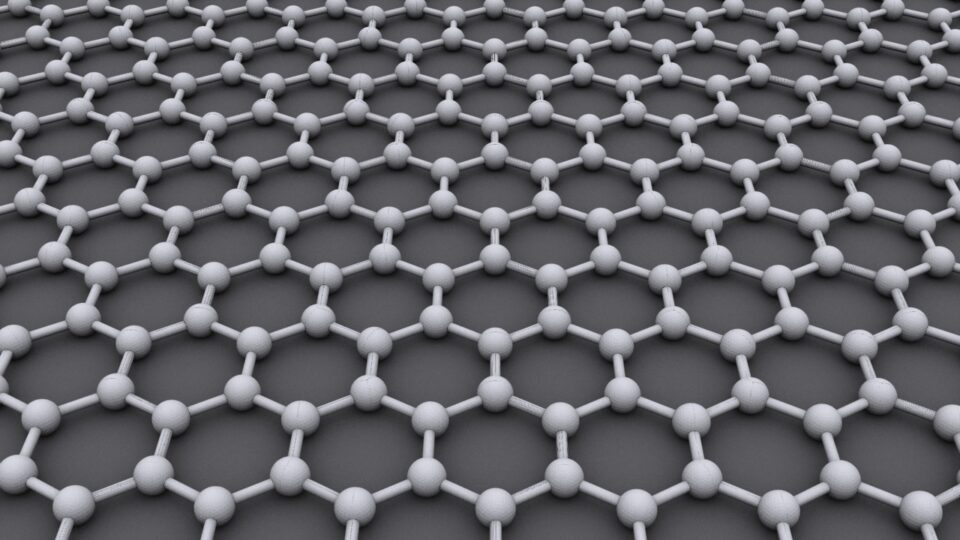Hydrogen has great potential as a fuel and an energy carrier for many applications. Burning it or consuming it in fuel cells does not produce carbon emissions. As a result, there has long been the vision for a future hydrogen economy. Whether the hydrogen economy would ever come about given how various other technologies have evolved over time is questionable. But regardless, hydrogen is valuable for many industrial and commercial applications including the manufacture of ammonia and the refining of metals.
Hydrogen is produced in industrial quantities from natural gas by a carbon-dioxide-producing process known as methane-steam reforming. To take its place as a green energy source, hydrogen needs to be produced by splitting water into its constituent oxygen and hydrogen components by the process of electrolysis.
The problem is economic. Methane-steam reforming produces hydrogen at a cost of about $1.50 per kilogram. Green hydrogen costs about $5 a kilogram.
Researchers at Oregon State University have developed a new photocatalyst that enables the high-speed, high-efficiency production of hydrogen. The material, called RTTA, is a metal organic framework containing ruthenium oxide and titanium oxide. Ruthenium oxide is expensive, but very little is needed. For industrial applications, if the catalyst shows good stability and reproducibility, the cost of the small amount of this exotic material becomes less important.
The photocatalyst, when exposed to sunlight, quickly and efficiently splits water yielding hydrogen. The Oregon State discovery has real potential.
**********
Web Links
Oregon State University research uncovers better way to produce green hydrogen
Photo, posted July 7, 2023, courtesy of Bill Abbott via Flickr.
Earth Wise is a production of WAMC Northeast Public Radio

